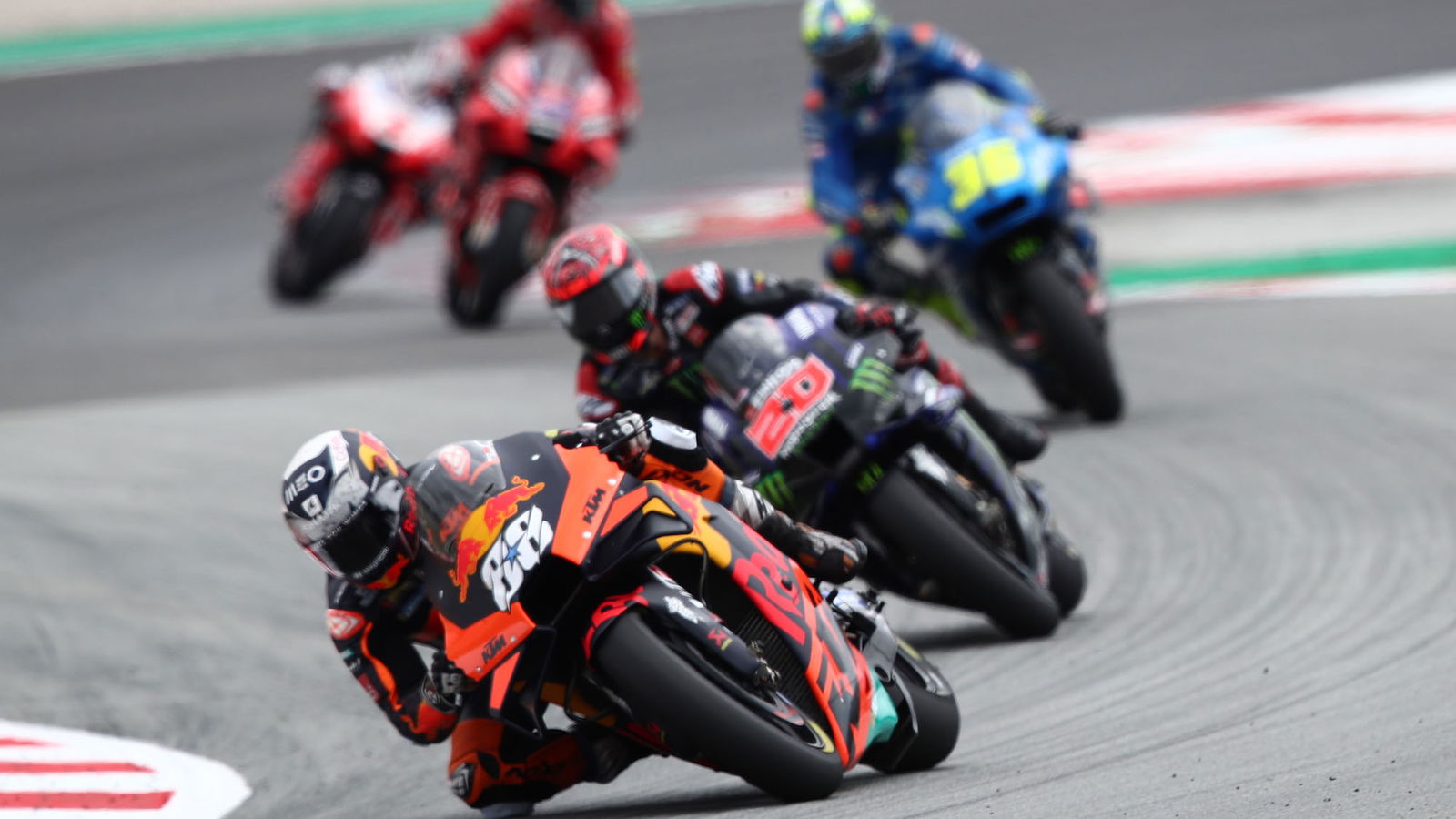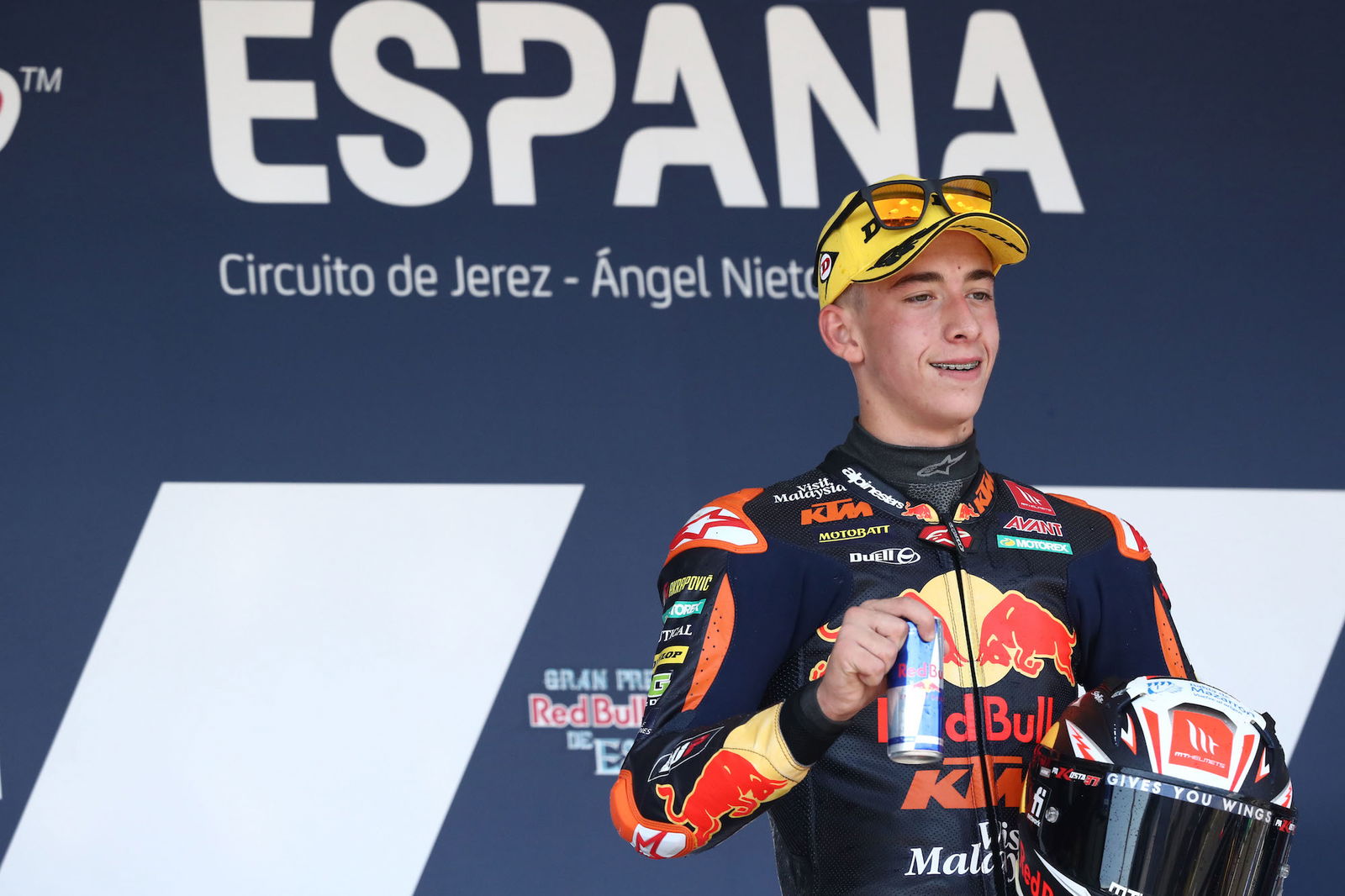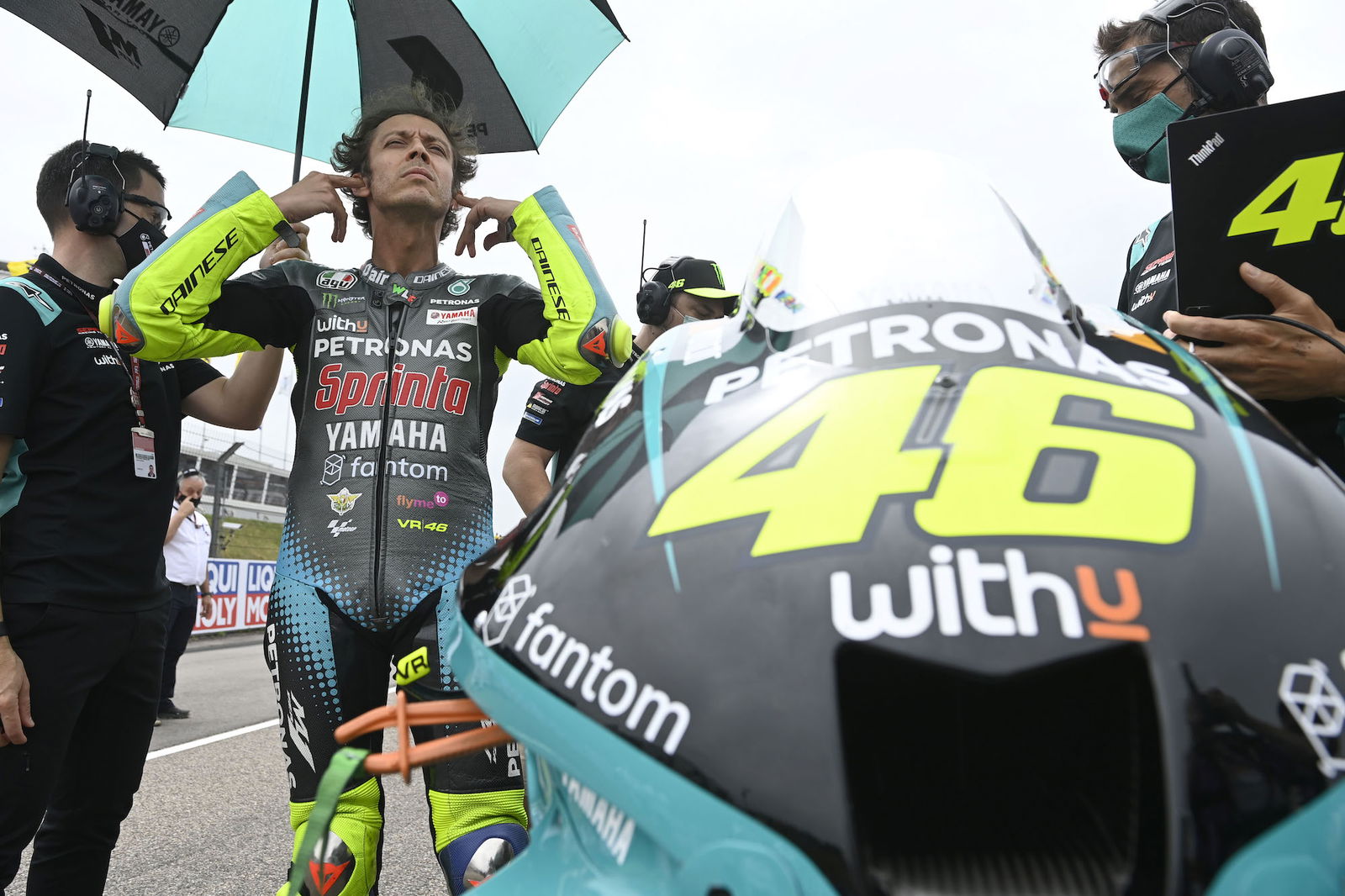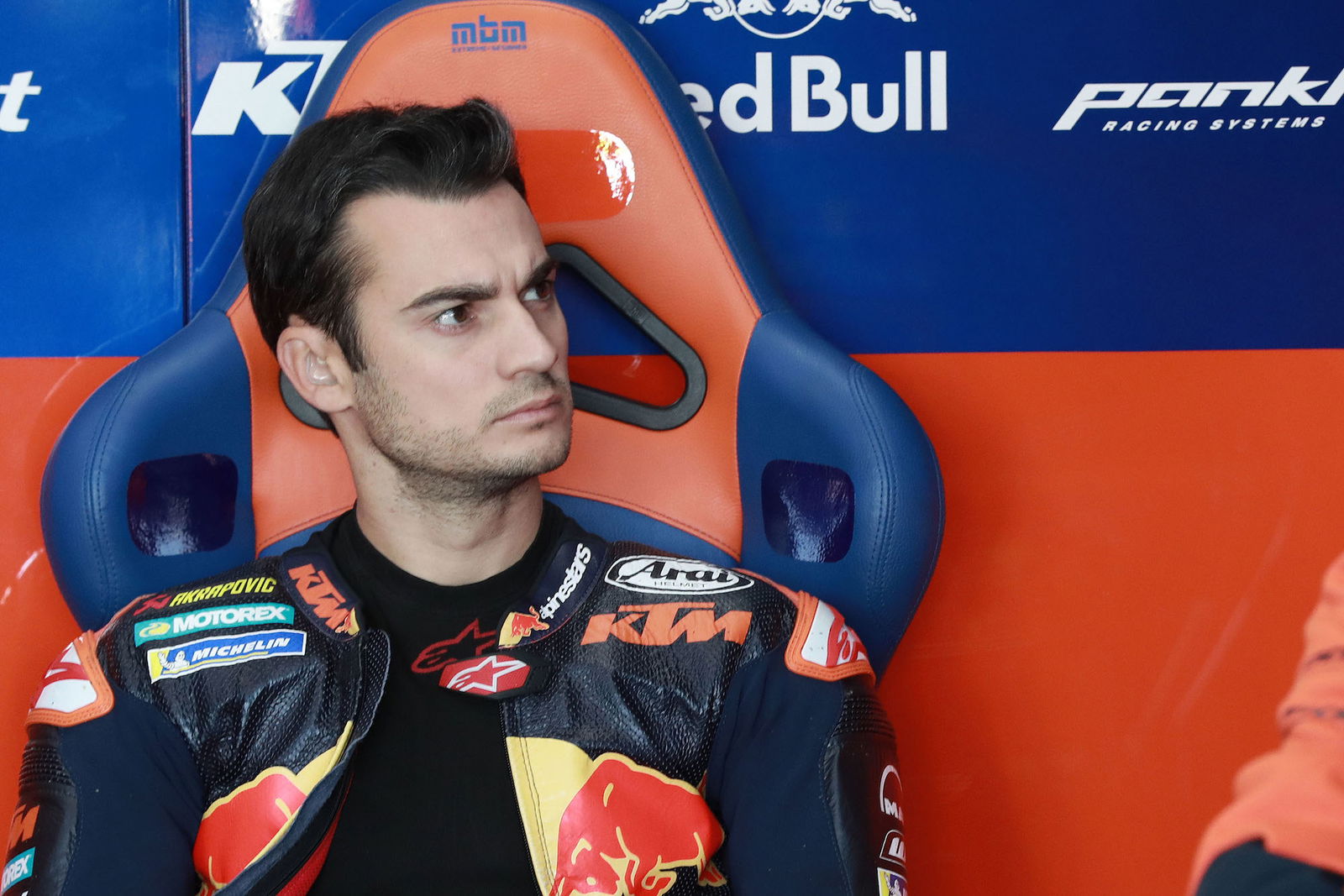Forget Yamaha and Ducati… KTM is the real superpower of MotoGP now
Yamaha and Ducati might be fighting for the MotoGP title but the rapidly evolving, junior class dominating KTM is surely new GP racing superpower

Little more than two years ago the mere notion of a KTM reaching Q2 on a MotoGP race weekend would be cause for celebration… now it is a manufacturer not only going toe-to-toe with its esteemed and experienced rivals, but it’s got a shot at title glory in 2021.
The Austrian firm has come on leaps and bounds since its full bow in 2017, ascending from precocious backmarker to a consistent front runner and victory contender, placing it on a par with Yamaha, Ducati and Suzuki on the premier stage despite it lacking several decades worth of comparative experience.
However, KTM’s GP legacy traverses a much longer path and the company has grown used to success in the junior ranks to such an extent that it is effectively now the sport’s superpower.
It’s a testament to the methodical and long-range vision of KTM that it has remarkably quickly gone from a ‘ground up’ operarion to a successful effort.
While some deep deep pockets have done their bit to motor things along at a momentum-building tempo, it is the stage by stage execution of KTM’s three/four/five-year plan that has allowed it to strike off a series of milestones in quick succession.
Indeed, when KTM hit its stride in 2020 the plaudits came quickly; A first win at the Czech MotoGP with Brad Binder, a first pole at the Styrian MotoGP courtesy of Pol Espargaro, two more wins with Miguel Oliveira and a total of eight podiums. Oliveira has since added one more win and a trio of podiums.
Espargaro and Mika Kallio can take a substantial amount of credit for the dogged hard work they put in from the start at KTM moulding the RC16 from a skittish and tricky handling beast into an edgy but more rideable machine.
![Dani Pedrosa - KTM Factory [1200]](https://cdn.visordown.com/field/image/Dani Pedrosa KTM MotoGP RBR Private Test 2020 (1).jpg?width=1600)
The key to KTM success: Dani Pedrosa
However, it is the role played by Dani Pedrosa that KTM and its riders freely admit have been the pivotal difference in softening those edges. The Spaniard may have never quite achieved greatness as he should have in MotoGP but his reputation as a workhorse goes unparalleled.
Pedrosa has set a new benchmark for what a tester can bring to a team. While the Japanese contingent relied largely on a domestic band of testers that were so anonymous they were often listed as ‘Tester 1 or 2’ on pre-season testing timesheets, Pedrosa brought genuine credentials to KTM and a work ethic second to none, which was handy for the team during a period of concessions.
Manufacturers have followed suit in utilising a more experienced team of testers, such as Stefan Bradl at Honda, Cal Crutchlow at Yamaha and - possibly - Andrea Dovizioso at Aprilia.
Once Pedrosa’s input came online, the RC16 was suddenly a weapon, though it is this year where his effect and KTM’s pure faith in his efforts have shown. The team started the year with an RC16 way off the pace relative to 2020, forcing a rethink that led to a new chassis arriving from Misano onwards. Since then the KTM Factory Team has scored more points than any other over the past four races.
“The change was felt most obviously from the development team,” said Oliveira, whose win and pair of podiums have fired him into outside title contention. “We have a rider like Pedrosa in excellent shape who is doing an exemplary job.”

KTM nurturing the stars of tomorrow
Perhaps more impressive than KTM’s engineering vision has been its keen eye for spotting prospective rider talent, a scouting nous it has cultivated in its years competing at 125/Moto3 and 250/Moto2 level.
Indeed, while KTM no longer supplies a chassis in Moto2, it has maintained a close title-backed relationship with Ajo Motorsport, which continues to show its might in the feeder classes.
It’s a logical set-up that begs the question why Honda, Yamaha and Ducati et al. haven’t attempted to get involved with a private Moto2/3 set-up with the plan to bring on new talent and forge a path into the top flight.
Indeed, KTM’s success rate is quite remarkable already when you look at Oliveira and Binder, two riders it nurtured carefully through the ranks. While the exit of Johann Zarco and Espargaro in 2019 and 2020 means this next generation has been brought forward perhaps quicker than envisaged, it has proven a shrewd tactic for all concerned.
It’s a strategy that shows no sign of ending for KTM, which is currently leading both the Moto2 and Moto3 standings via the Finnish Ajo team. Moto2 leader Remy Gardner is already en route to MotoGP in 2022 with Tech 3 Racing, while Raul Fernandez - currently chasing him in the title race - could be given the nod to join him if Yamaha doesn’t secure his signature first.
Even in the novice class KTM is sitting on a future star potentially in Pedro Acosta, whose four wins in nine races makes him champion-elect in his maiden season at just 16-years old.
Proving KTM doesn’t need to sign a big star to develop one, perhaps the most exciting thing about the Austrian firm is even now it probably still has most room to grow of any manufacturer.

